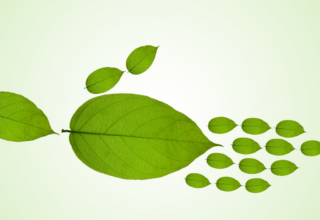The course outlines the various human rights, health and environmental and social costs to communities and workers from the production, use and disposal of a large variety of textiles. It covers the different types of textile materials, including natural and artificial fabric, new materials, mixed materials and materials with recycled content.
Textiles: from production to waste management, human rights and pollution
The course covers various textile production, use and disposal aspects, including human rights, health and pollution.






